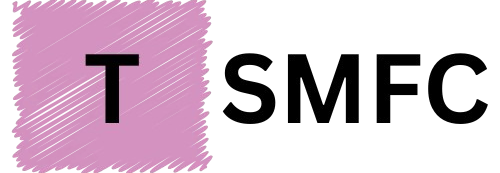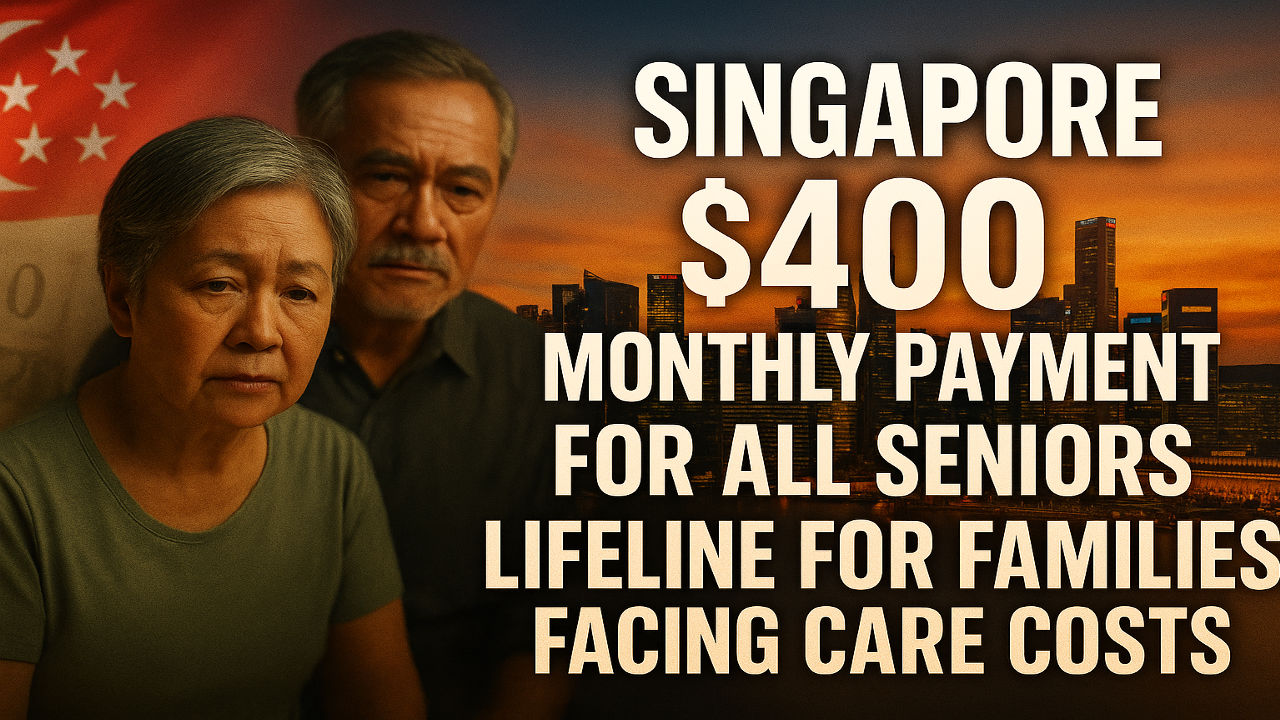ElderShield is a severe disability insurance scheme launched in 2002 to provide simple, affordable financial support to Singapore Citizens and Permanent Residents who develop severe disability. It pays a fixed monthly cash benefit when a claimant is certified as unable to perform at least three of the six Activities of Daily Living (ADLs): eating, washing, dressing, toileting, walking or moving around, and transferring (for example, moving from bed to chair).
The payout is made in cash to the insured or a nominated caregiver, which gives families flexibility to use the money where the need is greatest. That might be part-time domestic help, home-based nursing, transport to medical appointments, consumables, or to supplement nursing-home fees. In many households, ElderShield has functioned as a crucial buffer against the high and often sudden costs of long-term care.
Singapore $400 Monthly Payment for All SeniorsQuick Summary (At a Glance)
| Item | Details |
|---|---|
| Main Scheme | ElderShield (severe disability insurance introduced in 2002) |
| Core Benefit | Monthly cash payout of $300 or $400 (most are on ElderShield 400) |
| Payout Period | Up to 72 months (6 years) for ElderShield 400 |
| Eligibility Trigger | Inability to perform ≥3 of 6 Activities of Daily Living (ADLs) |
| Premiums | Debited from MediSave, paid annually from age 40 to 65; coverage continues for life |
| Today’s Context | ElderShield has been replaced by CareShield Life for newer cohorts, but many Singaporeans remain covered under ElderShield |
| Official Info | https://www.careshieldlife.gov.sg (CareShield Life) • https://www.moh.gov.sg (MOH) |
The $400 Monthly Payout: Plan Options and Duration
ElderShield has two main benefit tiers. Older cohorts may still be on ElderShield 300, while most Singaporeans who were enrolled from September 2007 onwards are on ElderShield 400.
| ElderShield Plan | Monthly Payout | Maximum Duration | Who It Applied To |
|---|---|---|---|
| ElderShield 300 | $300 | Up to 60 months (5 years) | Enrolled before Sep 2007 |
| ElderShield 400 | $400 | Up to 72 months (6 years) | Enrolled from Sep 2007 |
Although $400 per month will not fully fund institutional care or a full-time helper, it meaningfully reduces out-of-pocket expenses. Because the benefit is cash, families decide how to deploy it an important feature when needs vary widely across conditions and stages of disability.
How Premiums Were Paid: MediSave-Friendly and Limited Years
ElderShield was designed to be budget-friendly and automatic. Individuals were auto-enrolled at age 40 unless they opted out. Premiums:
- Were deducted from MediSave (not cash), easing affordability.
- Were paid annually from age 40 to 65.
- Stopped at age 65, yet coverage continues for life.
- Varied by age at entry and gender.
This structure concentrated contributions in a person’s prime working years, ensuring lifelong protection with no post-65 premium burden.
ElderShield vs CareShield Life: What Changed and Why
In October 2020, CareShield Life replaced ElderShield for newer cohorts. Policymakers recognized that severe disability often lasts longer than six years and that benefit levels should be stronger and more sustainable. Key differences:
| Feature | ElderShield 400 | CareShield Life |
|---|---|---|
| Monthly Payout | $400 (fixed) | Started at $600 in 2020 and rises over time until age 67 or claim |
| Payout Duration | Up to 6 years | Lifetime payouts while severely disabled |
| Premium Pay-To Age | 65 | 67 (with government support for eligible groups) |
| Enrolment | Auto at 40 (pre-2020 cohorts) | Auto for those born in 1980 or later; older cohorts may opt in |
People already on ElderShield could remain or switch to CareShield Life. Those who switch gain access to higher, lifetime payouts aligned to longer care durations common in advanced age.
Why ElderShield Still Matters Today
Even though CareShield Life is the prevailing scheme for newer cohorts, a large number of Singaporeans remain covered under ElderShield and continue to benefit from its $400 monthly payout for up to six years once they meet the severe disability criteria. ElderShield remains a financial lifeline in situations such as:
- Hiring a domestic caregiver or part-time helper.
- Co-funding nursing-home or community-hospital fees.
- Paying for home-based nursing and therapy services.
- Offsetting transport, medical supplies, and other recurring costs.
Because payouts are cash, ElderShield supports a wide range of care arrangements formal or informal reflecting the diverse ways families manage disability at home.
Support for Lower-Income Families and How Schemes Work Together
To keep premiums manageable, the government has consistently allowed MediSave to fund ElderShield/CareShield Life premiums. Under CareShield Life, there are means-tested subsidies and transitional support for eligible cohorts. For existing ElderShield members, no extra premiums are required after age 65; coverage is already locked in.
Importantly, ElderShield payouts can work alongside other support such as MediSave withdrawals for approved care needs, MediShield Life for inpatient bills, and community grants or programs. Stacking these resources helps families bridge the affordability gap that can arise with long-term care.
Practical Steps if a Loved One May Qualify
- Confirm functional status with an approved assessor if the person struggles with at least 3 ADLs.
- Prepare documentation (ID, medical notes, bank details) for claim submission.
- Decide payout recipient (insured or nominated caregiver’s account).
- Plan the budget: map monthly payout to priority expenses like caregiving hours, transport, or consumables.
- Review options: if on ElderShield, consider whether opting into CareShield Life could provide more robust, lifetime protection going forward.
Frequently Asked Questions (FAQs)
1) Who was covered under ElderShield?
All Singapore Citizens and Permanent Residents contributing to MediSave were auto-enrolled at age 40 (before 2020) unless they opted out.
2) What is the core ElderShield 400 benefit?
A $400 monthly cash payout for up to 72 months (6 years) upon certification of severe disability.
3) How is “severe disability” defined?
Inability to perform three or more of the six ADLs: eating, washing, dressing, toileting, walking/mobility, and transferring.
4) Are ElderShield premiums still payable today?
No. For ElderShield, premiums stop at age 65. Coverage continues for life thereafter.
5) Can ElderShield payouts be combined with other schemes?
Yes. Because the payout is cash, families can combine it with MediSave withdrawals, MediShield Life, and other assistance to cover total care costs.
6) Should I switch from ElderShield to CareShield Life?
It depends on budget, age, and risk tolerance. CareShield Life offers lifetime payouts and rising benefit levels but requires premiums to age 67. Review needs, subsidies, and affordability before deciding.
7) Where can I find official guidance or start a claim?
Visit https://www.careshieldlife.gov.sg for scheme details and transitions, and https://www.moh.gov.sg for health-financing policies and contact points.
The Bottom Line
ElderShield’s $400 monthly payout has long served as a financial lifeline for families facing severe disability and the rising costs of long-term care. While CareShield Life now provides stronger, lifetime protection for newer cohorts, ElderShield remains relevant for many existing policyholders who continue to rely on its cash benefits. Used together with MediSave, MediShield Life, and community support, these payouts help households sustain dignified care at home or in facilities precisely when support matters most.
For More Information Click HERE






